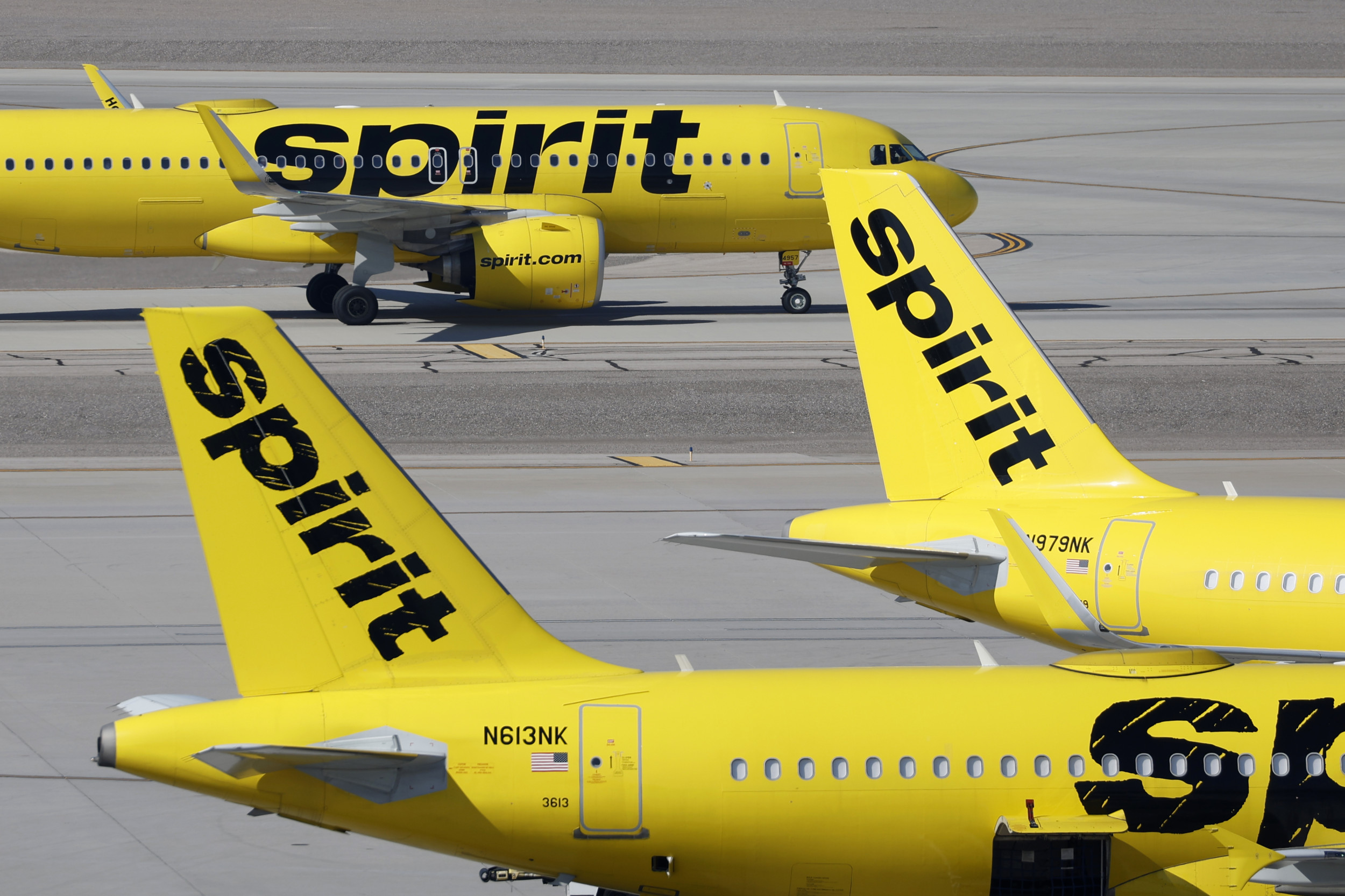Spirit Airlines Faces Financial Challenges, CEO Addresses Employee Concerns
Spirit Airlines, a major player in the U.S. low-cost carrier market, is navigating a period of significant financial instability. In a recent quarterly filing with the U.S. Securities and Exchange Commission, the airline highlighted its struggles, stating that “substantial doubt as to the company’s ability to continue as a going concern within 12 months” has emerged due to profitability issues and weak demand.
Despite these challenges, CEO Dave Davis addressed employees in an internal email, emphasizing that the language used in the filing was “required by our outside auditors to convey that there is risk if we do not make changes. But, we are.” This message aims to reassure staff that the company is actively working on solutions to stabilize its operations.
Why It Matters
Spirit has been grappling with declining demand for several years, which led to its bankruptcy filing in November. Although the airline emerged from Chapter 11 protection in March, recent warnings have raised concerns about the potential loss of one of the country’s most prominent low-cost carriers. Industry experts warn that the departure of Spirit could have far-reaching effects on the U.S. airline industry, potentially leading to higher fares and fewer options for travelers.
The airline’s budget offerings have historically provided strong competition for traditional carriers, and its absence could reduce the pressure on prices, impacting consumers in the long run.
What To Know
In its quarterly report, Spirit attributed its financial difficulties to adverse market conditions, including low leisure travel demand and surplus capacity. The airline reported a net loss of $245.8 million for the quarter ending June 30, a significant increase from the $192.9 million loss during the same period in 2024.
CEO Davis acknowledged the media attention and employee questions surrounding the report. He outlined a plan to focus on Spirit’s strengths while moving away from unprofitable aspects of the business. This includes strategically expanding into stronger markets and making tough decisions, such as canceling unprofitable routes.
To address its financial situation, Spirit has already taken steps like furloughing about 270 pilots in November and demoting another 140 in October. The airline also mentioned considering further measures, such as selling aircraft, real estate, and excess airport capacity, to improve liquidity.
What People Are Saying
Davis emphasized the importance of Spirit to the U.S. aviation industry, stating that the airline has saved consumers hundreds of millions of dollars. He expressed confidence in the team’s ability to transform the company and maintain the value it has provided over the years.
Kerry Tan, an airline industry expert, warned that Spirit may be at a critical juncture, suggesting that a dramatic turnaround is necessary. He advised customers to be cautious when booking flights and recommended alternatives like Frontier and Allegiant, though he noted these airlines have faced their own operational challenges.
Volodymyr Bilotkach, a professor of aviation management, pointed out that competitors might take over Spirit’s routes if the airline fails. He cited similar scenarios in other regions, where airlines like Jetstar Asia and Wizz Air have exited markets, leaving some services unavailable.
Jonathan Williams, an economics professor, highlighted the unique role Spirit plays in the low-cost carrier space. He noted that smaller airlines like Breeze and Avelo lack the resources to fill the gap if Spirit were to go under, making the fate of its assets crucial for the industry.
What Happens Next
Spirit stated in its filing that it expects continued challenges and uncertainties through at least the end of 2025. Davis plans to share more details about upcoming commercial changes in the coming weeks.
As the airline works to navigate its current crisis, the future of Spirit remains uncertain. Its ability to adapt and implement effective strategies will determine whether it can survive and continue to serve as a key player in the U.S. aviation landscape.



